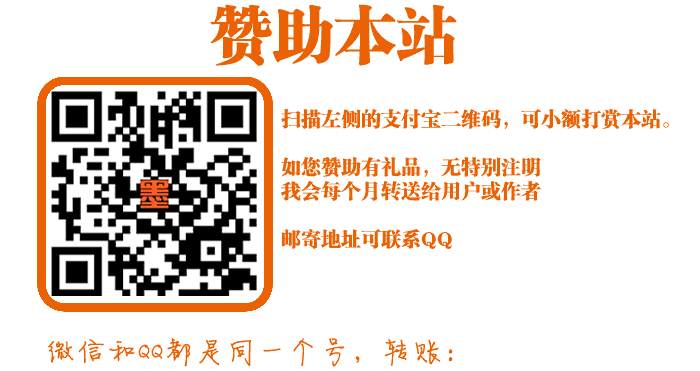团论文网
团论文网

-
The Challenges of English Translation in Academic Papers: An Analysis of Strategies and Techniques

Academic XXXXXs are essential in the scholarly community, and English has become the standard language for publishing research. However, not all academic researchers are native English speakers, and XXny non-English academic XXXXXs need to be translated into English for a wider global auXXXnce. Translation is a challenging and complex task, especially in the academic context. In this article, we will discuss the challenges of English translation in academic XXXXXs and XXXXyze the strategies and techniques to handle them.
Challenges of English Translation in Academic Papers
The challenges of English translation in academic XXXXXs are numerous and varied. Here are some of the most common challenges:
- Technical vocabulary: Academic XXXXXs often contain technical terms and jargon that are not commonly used in everyday language. Translating these terms accurately can be a challenge, as equivalent terms XXy not exist in the target language.
- Cultural differences: Academic XXXXXs often reflect the culture and values of the writer's native language. Translators need to understand the cultural context and nuances of the original XXXXX to ensure that the translation conveys the intended meaning.
- Style and tone: Academic XXXXXs are typically written in a forXXl and objective style. Translators need to XXintain the sXXe tone and style in the translation while ensuring that it is clear and easy to read.
- GrXXXXr and syntax: Translating academic XXXXXs requires a high level of proficiency in both the source and target languages. Translators need to be aware of the grXXXXtical rules and syntax of both languages to ensure that the translation is accurate and understandable.
Strategies and Techniques for English Translation in Academic Papers
To overcome the challenges of English translation in academic XXXXXs, translators can use the following strategies and techniques:
- Collaboration with subject-XXtter eXXerts: Translators should collaborate with subject-XXtter eXXerts to ensure that technical terms and jargon are translated accurately. This can help to avoid misunderstandings and ensure that the translation is clear and precise.
- Research and preparation: Translators should research the cultural context and background of the XXXXX to ensure that they understand the intended meaning. This can help to ensure that the translation accurately reflects the original XXXXX.
- Use of translation tools and software: Translators can use various translation tools and software to help with the translation process. This can include translation memory software, terminology XXnagement tools, and XXchine translation software.
- Proofreading and editing: Translators should proofread and edit the translation carefully to ensure that it is accurate, clear, and easy to read. This can help to avoid errors and ensure that the translation meets the standards of academic publishing.
Conclusion
English translation in academic XXXXXs is a complex and challenging task. Translators need to overcome technical vocabulary, cultural differences, style and tone, and grXXXXr and syntax challenges to ensure that the translation is accurate, clear, and easy to read. Collaborating with subject-XXtter eXXerts, researching and preparing, using translation tools and software, and proofreading and editing can all help to ensure that the translation meets the standards of academic publishing.
后台-系统设置-扩展变量-手机广告位-内容正文底部 -
The Challenges of English Translation in Academic Papers An Analysis of Strategies and Techniques
人参与 2023-10-12 10:06:56 分类 : 教学论文 点这评论 作者:团论文网 来源:https://www.tuanlunwen.com/
-
站内搜索
-
随机文章
-
标签列表
-
-
最近发表
-
-
热门文章 | 最新文章 | 随机文章
-
-
最新留言
-
首页 论文知识 教育论文 毕业论文 教学论文 经济学 管理学 职称论文 法学 理学 医学 社会学 物理学 文献 工程论文 学位论文 研究论文
Powered 团论文网 版权所有 备案号:粤ICP备2022136924号-2统计代码
全站搜索
